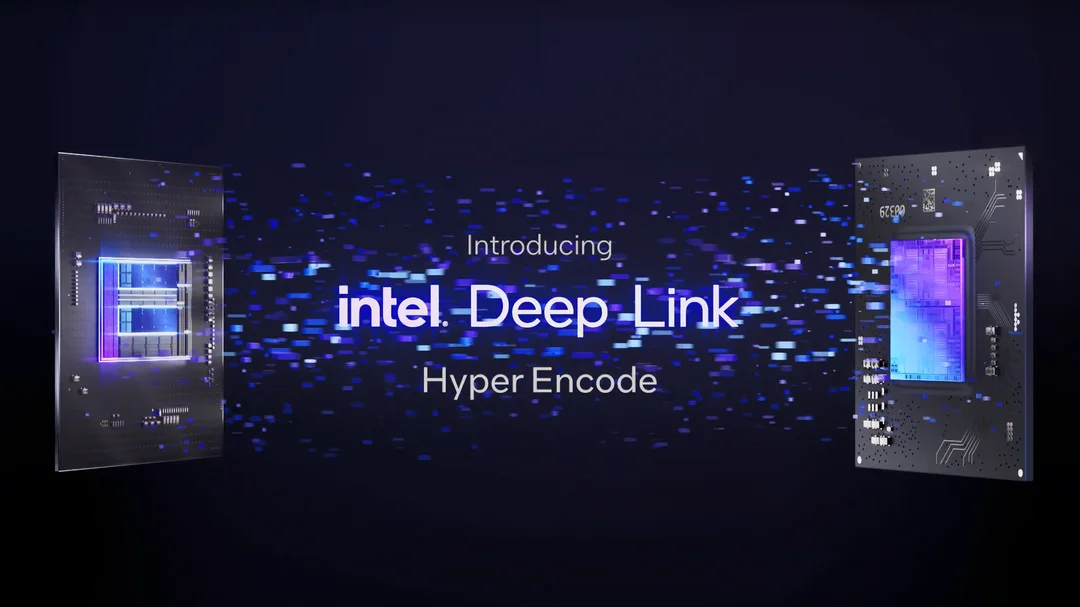
Intel Abandons Deep Link: What It Means for Performance and the Future of Integrated Graphics
In a surprising turn of events, Intel has quietly discontinued its Deep Link technology, a feature designed to enhance the synergy between Intel CPUs and GPUs. The news, confirmed by an Intel employee on GitHub, has left users questioning the future of integrated graphics and the promises of performance boosts.
What is Deep Link? Introduced alongside the Arc Alchemist GPUs in 2022, Deep Link aimed to optimize performance by intelligently allocating resources between the CPU and GPU. Features like Dynamic Power Share, Hyper Encode, and Stream Assist were intended to elevate gaming, creating, and streaming experiences. The technology was exclusive to systems with both an Intel CPU and an Intel Arc GPU.
The Discontinuation: The confirmation came in response to a user experiencing issues with Deep Link in OBS Studio. The Intel representative stated that Deep Link would no longer receive updates or maintenance, effectively ending its development life. This news, while not officially announced via press release, has been met with disappointment from users who invested in Intel Arc Alchemist GPUs expecting the promised performance enhancements.
Deep Link's Key Features and Functionality
Dynamic Power Share optimized performance by shifting power between the CPU and GPU, depending on the workload. Stream Assist improved streaming by offloading the task from the dedicated GPU to the integrated GPU. Hyper Encode accelerated video encoding using multiple Intel processors. Lastly, Hyper Compute leveraged your Intel CPU and GPU to accelerate AI workloads in OpenVINO.
Why the Sudden End? While Intel hasn't provided an official explanation, speculation suggests that Deep Link may have been considered a niche feature. The resources and effort required for ongoing development and vendor validation may not have justified the investment, especially given reports of users struggling to get the features working consistently in applications like Handbrake and OBS. Even supporting architecture that dates back to late 2023 proved troublesome.
What Does This Mean for Users? While Deep Link may still function on existing systems, users are likely to encounter issues that won't be addressed by Intel. This raises concerns about the long-term viability of the technology and the value proposition of Intel Arc GPUs for those who specifically purchased them for Deep Link capabilities.
Moving Forward: The discontinuation of Deep Link raises questions about Intel's future strategy for integrated graphics and CPU-GPU collaboration. Will Intel explore alternative approaches to achieve similar performance gains? Only time will tell. What are your thoughts on Intel abandoning Deep Link? Share your opinions in the comments below.